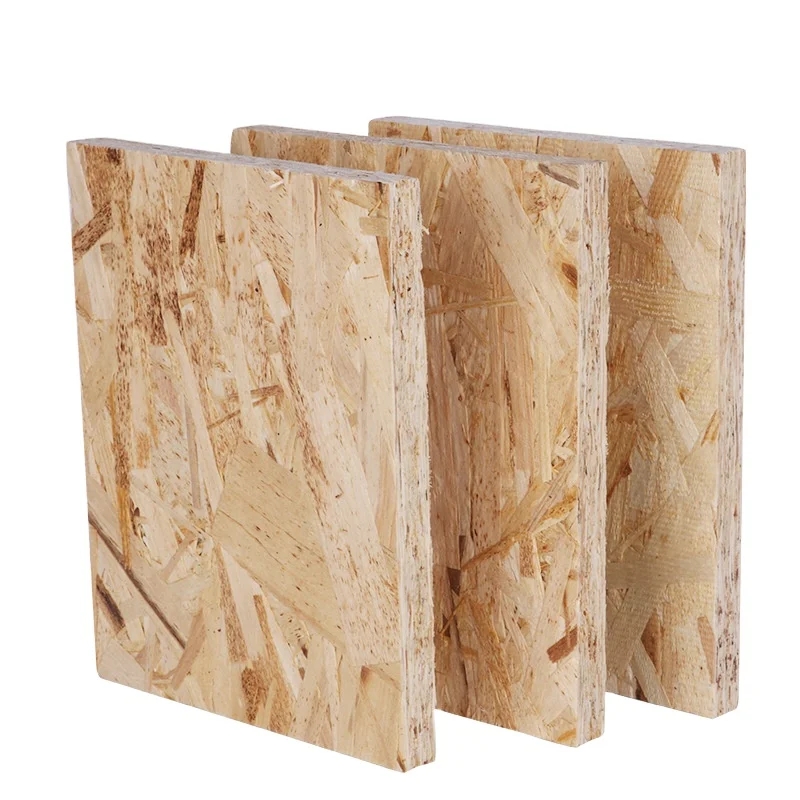Exploring the Pros and Cons of Particle Board,4×8 Particle board
Particle board, a ubiquitous material in the realm of furniture manufacturing and construction, offers a cost-effective and versatile alternative to solid wood. Composed of wood particles bonded together with adhesive under high pressure, particle board boasts a smooth surface and uniform density, making it an attractive option for various applications. However, like any material, particle board comes with its own set of advantages and disadvantages, which we will explore in depth in this article.4×8 particle board,e1 particle board, e0 particle board, mitre 10 particle board, what is e1 particle board, 4 x 8 particle board, 2400 x 1200 particle board, 24 x 48 particle board
Advantages:
1. **Affordability:** Perhaps the most significant advantage of particle board is its affordability. Compared to solid wood or plywood, particle board is a budget-friendly option, making it accessible to a wide range of consumers. This cost-effectiveness stems from its manufacturing process, which utilizes wood particles and resin adhesive, reducing production costs.
2. **Uniformity:** Particle board offers consistent density and uniformity across its surface, ensuring predictability in machining and assembly. This uniformity makes it an ideal choice for applications where precision is paramount, such as cabinetry and shelving.
3. **Versatility:** Particle board’s smooth surface and homogeneous composition make it suitable for a variety of finishes, including paint, laminate, and veneer. This versatility allows designers and manufacturers to achieve a wide range of aesthetic effects, from sleek modern finishes to rustic woodgrain textures.
4. **Dimensional Stability:** Unlike solid wood, which can warp or expand in response to changes in temperature and humidity, particle board exhibits greater dimensional stability. This stability minimizes the risk of warping, ensuring that finished products maintain their shape and integrity over time.
5. **Eco-Friendly Options:** With growing concerns about environmental sustainability, manufacturers have developed eco-friendly variants of particle board, such as E1 particle board. E1 particle board meets stringent emission standards, making it a greener choice for environmentally conscious consumers.
**Disadvantages:**
1. **Susceptibility to Moisture:** One of the primary drawbacks of particle board is its susceptibility to moisture damage. Unlike plywood or solid wood, which have natural resistance to moisture, particle board can swell or disintegrate when exposed to water. As such, it is not recommended for use in high-humidity environments or areas prone to moisture intrusion.
2. **Limited Load-Bearing Capacity:** While particle board is suitable for applications requiring moderate strength, it lacks the structural integrity of plywood or solid wood. As a result, it may not be suitable for heavy-duty applications or load-bearing structures.
3. **Difficulty in Repair:** Repairing damaged particle board can be challenging, especially in cases of water damage or structural failure. Unlike solid wood, which can be sanded, refinished, or patched, particle board may require more extensive repairs or replacement.
4. **Formaldehyde Emissions:** Traditional particle board products, particularly those made with urea-formaldehyde adhesives, may emit volatile organic compounds (VOCs) such as formaldehyde. Prolonged exposure to formaldehyde emissions can pose health risks, particularly for individuals with respiratory sensitivities or allergies.
5. **Limited Size Options:** Particle board is typically available in standard sizes such as 4 x 8 or 2400 x 1200, which may not be suitable for large-scale projects or custom applications. While larger panels can be fabricated by joining multiple sheets, this process may increase labor and material costs.4×8 particle board
In conclusion, particle board offers a cost-effective and versatile alternative to solid wood and plywood for a variety of applications. Its affordability, uniformity, and versatility make it a popular choice among manufacturers and designers alike. However, particle board also has its limitations, including susceptibility to moisture damage, limited load-bearing capacity, and concerns about formaldehyde emissions. By weighing the advantages and disadvantages of particle board against specific project requirements and environmental considerations, consumers can make informed decisions about its suitability for their needs.
**Keywords:** E1 particle board, E0 particle board, Mitre 10 particle board, what is E1 particle board, 4 x 8 particle board, 2400 x 1200 particle board, 24 x 48 particle board
The advantages and disadvantages of particle board are as follows:
Advantages:
- Relatively low price, making it an economical choice.
- High density and strength of particle board, making it less prone to deformation.
- Smooth surface of particle board, easy to process and decorate.
- Good sound insulation and heat insulation properties of particle board.
- Good environmental performance of particle board, meeting national standards.
Disadvantages:
- Hard texture of particle board, less soft and less comfortable.
- Poor moisture resistance of particle board, prone to moisture deformation.
- Single pattern and texture of particle board, less beautiful.
In general, particle board is a cost-effective board material, but attention should be paid to its quality and environmental performance to ensure its safe and comfortable use.
e1 particle board,
e0 particle board,
mitre 10 particle board,
what is e1 particle board,
4×8 particle board,
2400 x 1200 particle board,
24 x 48 particle board
particle board
Particle board vs plywood?

